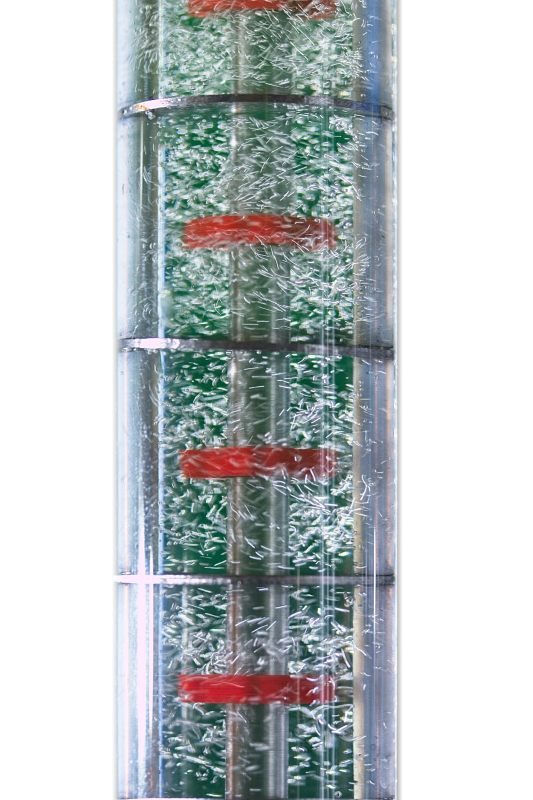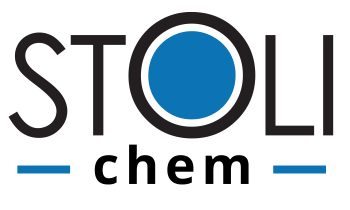How much energy could you save in continuous flow? An online calculator

Did you know that continuous flow chemistry is more sustainable?
Manufacturing chemicals in continous flow can eliminate or reduce solvents, allow for substantial process intensification, and open possibilities for efficient reaction shortcuts. It removes start-stop operation to save hugely on labour. All these benefits translate to improved energy efficiency – you could save a lot of energy by using continuous flow instead of batch.
How much could be saved?
The major way to save energy in continuous flow processing is straightforward heat recovery. This is difficult or near-impossible in batch. Between 60-90% of the heat put into the reactor is recoverable from the outlet stream using a simple heat exchanger when using continuous flow. This heat can be used to heat the ingoing feed stream before it reaches the reactor.
This calculator is a first-step approximation, a first step to estimating energy savings because a lot of parameters are process-dependent. Flow processes may be intensified and run at a higher temperature with dramatically higher throughput. Often, the smaller size of a flow reactor could bring enormous civil engineering savings and corresponding energy costs. It all depends. The calculator, though, provides a good ballpark.
Overall, the calculator shows that flow chemistry has a potential to dramatically reduce energy consumption. The numbers might not seem that impressive at small – “laboratory” scale but when the process is scaled up to full production scale (~10 T/day) the savings are huge! Any laboratory work could benefit from increase productivity and product selectivity in flow – have a look at our sabre reactors to move seamlessly from laboratory to production scale.
Change the values to re-calculate

These values include only energy required to heat up the feed stream, further details are below.
Talk to us to convert the numbers into value
| Address: | Stoli Catalysts Ltd, Prince Phillip Building, Wellesbourne Campus, Wellesbourne, CV35 9EF, UK |
| Telephone: | 0800 145 5401 |
| Email: | info@stolicatalysts.com |
What about other sources of enery savings - see details
How do we calculate and why it is right?
The above calculation is simplistic, yet is shows the primary source of savings possible. Going deeper into details, we need to consider the following energy requirements in batch and flow:
1. Heating up the material from ambient to reaction temperature
2. Compensate for external heat loses
3. Heating up the reactor vessel itself
4. Energy required to pump and mix the reactor
5. Energy required in any phase changes
6. Compensate for the reaction endotherm / exotherm
The calculator above compares only point 1 without any process intensification. If the flow process could be carried out at a higher temperature, the reaction rates will increase dramatically. The reaction rates increase exponentially, while heat loss – linearly. Hence, process intensification results in a dramatically lower energy consumption per kilo of product.
Points 2-4 are quite similar for batch and flow. Batch is run intermittently and requires a lot of time to start up and shut down; flow runs continuously with little downtime. Hence, without any intensification, the flow reactor volume is a factor of 3 lower compared to batch. As a result, the heat loses are lower and less mixing energy is required. Yet, over the longer operation time, these differences balance out – a smaller reactor run 24 hours a day loses about the same amount of heat compared to the larger batch run 8 hours a day.
Points 5 and 6 are very process-specific. Any energy introduced in phase changes of the material will be likely recovered in a heat exchanger. The same way as modern condensing boilers recover heat from the steam, a heat exchanger will likely recover the latent heat in the product stream. Regarding the reaction exotherm, it depends a lot on the magnitude. Strongly exothermic reaction will require not heating, but refrigeration and flow reactors could dramatically improve productivity by rapid heat transfer. The continuous operation, moreover, reduces the capacity of the refrigeration systems compared to batch: considering the same daily product throughput, the batch refrigerator shall be correspondingly larger than in flow to accommodate a dramatically larger downtime. A better temperature control in flow also reduces the required temperature gradient and has a potential to reduce the refrigeration costs dramatically.
